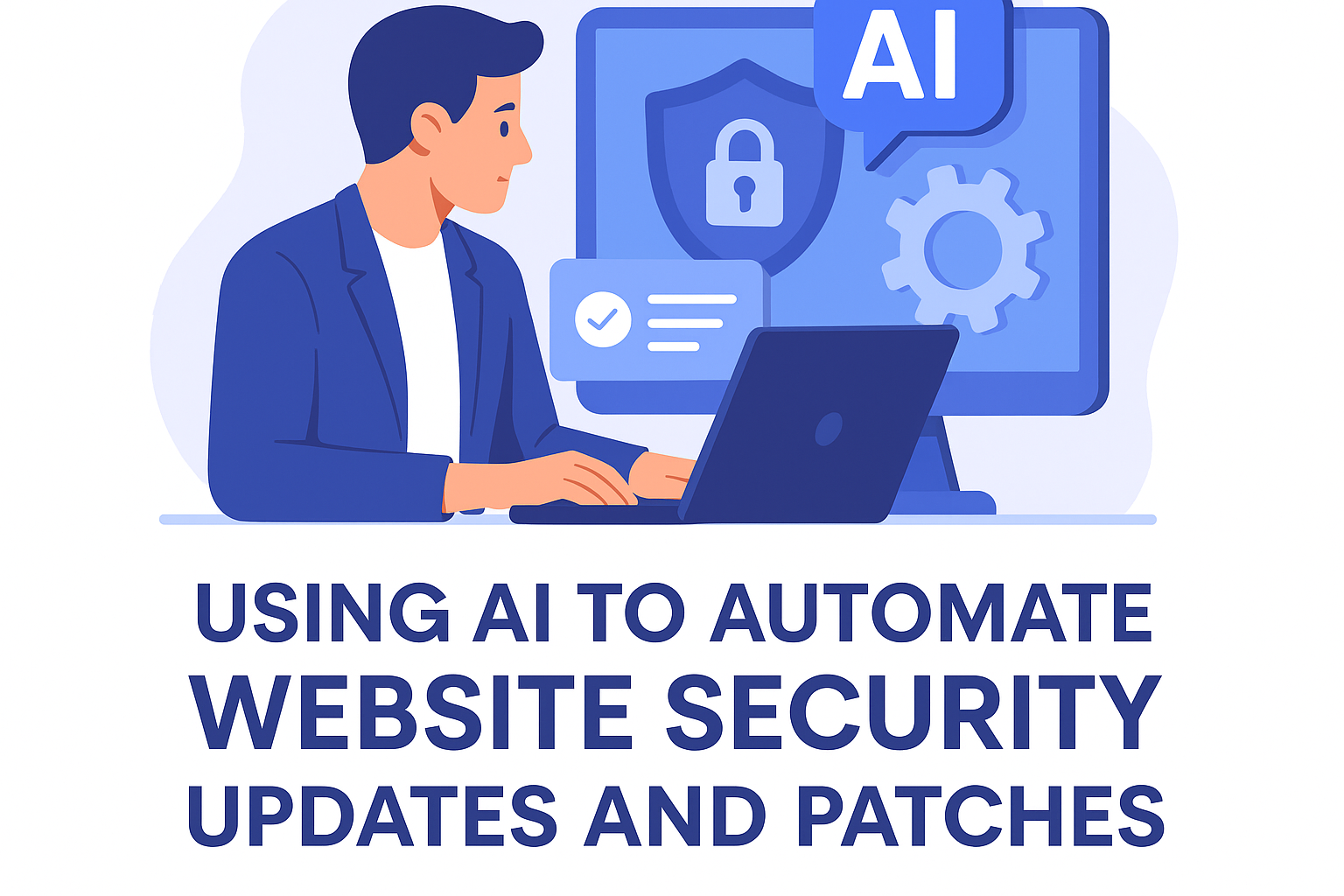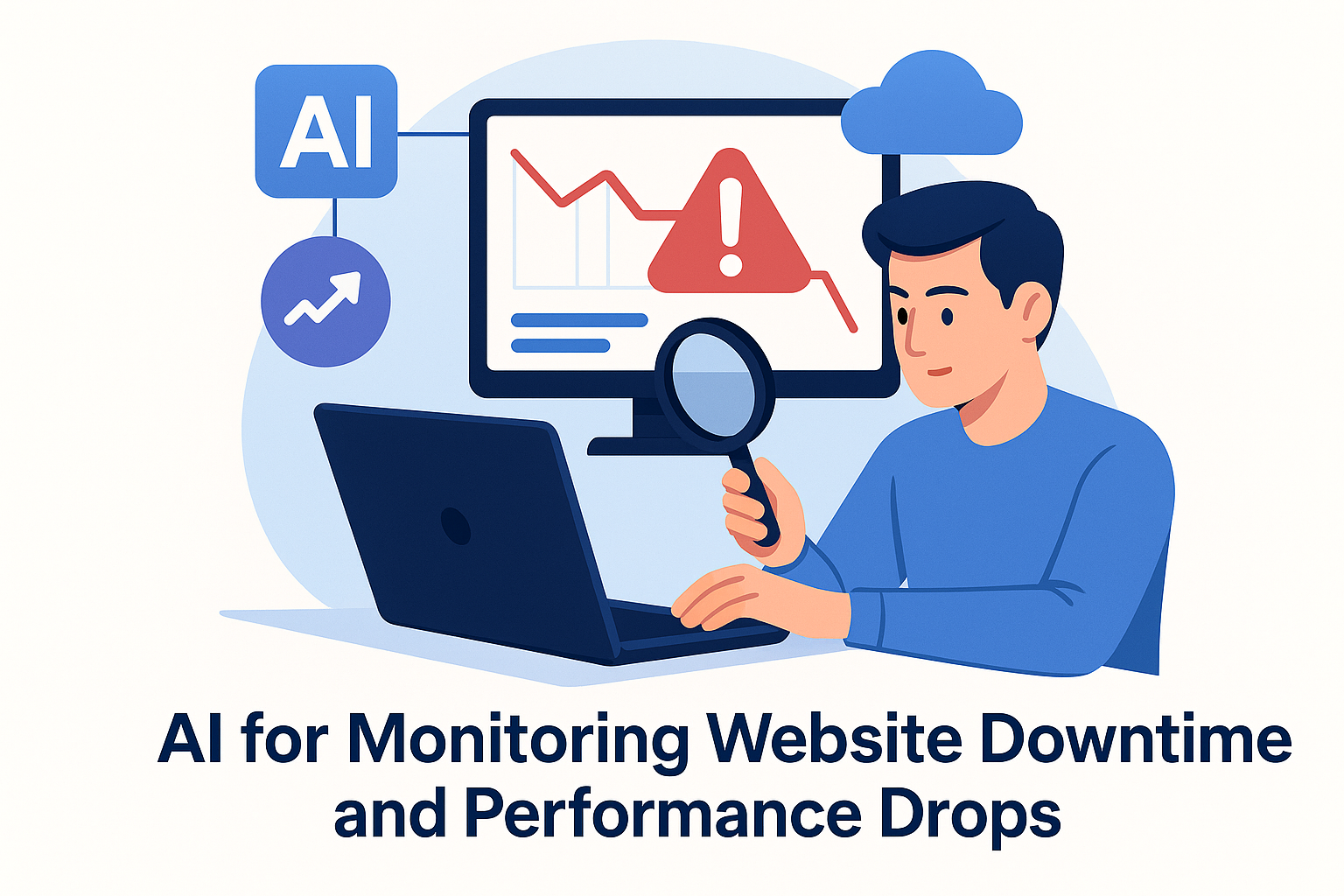You’ve written a great blog post. It’s optimized, well-researched, and helpful. But it’s not getting the clicks it deserves. The problem?
Your headline doesn’t match the searcher’s intent.
Today’s SEO isn’t just about keywords—it’s about understanding why someone is searching and delivering a headline that makes them click.
With the help of AI, you can now generate adaptive headlines that shift based on searcher behavior, query type, and stage in the buyer journey—at scale.
This guide shows you how to use DIYSEO GPT, the DIYSEO AI Writer, and the DIYSEO Link Marketplace to craft headlines that resonate, convert, and rank.
Why Matching Searcher Intent with Headlines Matters
A headline is your first impression. If it doesn’t align with what the user wants, they’ll scroll past your page—even if your content is great.
Searcher intent typically falls into 3 categories:
| Intent Type | Example Search | Ideal Headline Format |
|---|---|---|
| Informational | “How does AI help with SEO?” | “How AI Is Changing SEO: What You Need to Know” |
| Navigational | “DIYSEO AI Writer” | “Meet DIYSEO AI Writer: Your On-Demand SEO Content Tool” |
| Transactional | “Best SEO tools 2024” | “Top 10 SEO Tools in 2024 (Ranked by AI Performance)” |
When your headline speaks directly to the “why” behind the search, click-through rate (CTR) goes up—and so does your position in the SERPs.
Step-by-Step: How to Generate Adaptive, Intent-Based Headlines with AI
✅ Step 1: Identify the Primary Search Intent Using DIYSEO GPT
Start by running the Keyword Search Intent Analysis prompt in DIYSEO GPT.
Prompt:
“What is the search intent behind the keyword ‘AI SEO tools’? Suggest the dominant intent type and headline strategy.”
DIYSEO GPT returns:
- Primary searcher intent (informational, navigational, transactional)
- Suggested emotional tone (e.g., curious, urgent, helpful)
- Recommended headline angles (listicle, how-to, comparison, feature-based)
This gives you a data-backed direction for your headline before you write a single word of copy.
✅ Step 2: Generate Multiple Headline Variations with DIYSEO AI Writer
Use the DIYSEO AI Writer to instantly generate several headline options based on the intent and keyword.
Prompt Example:
“Create 7 SEO-friendly headlines for a blog post about AI-powered SEO audits. Include a mix of formats for informational and transactional searchers.”
Output:
- What Is an AI-Powered SEO Audit? Everything You Need to Know
- How to Use AI for Smarter SEO Audits (With Tools)
- Top 5 AI SEO Audit Tools for 2024
- Smarter SEO Starts Here: AI Audit Tools Compared
- Improve Rankings Fast with an AI-Driven SEO Audit
- AI SEO Audits Explained: Automate Your Optimization Process
- Is Your Website SEO-Ready? Let AI Tell You
You can now test, A/B, or rotate headlines across platforms.
✅ Step 3: Match Headlines to Content Format and Funnel Stage
Use AI to adapt headlines based on content type and where it fits in your funnel:
| Funnel Stage | Headline Angle |
|---|---|
| Awareness | “What Is…” / “How Does…” / “Beginner’s Guide to…” |
| Consideration | “Top 10…” / “Best Tools…” / “How to Choose…” |
| Decision | “Compare…” / “Why We Switched to…” / “Our Results With…” |
Prompt:
“Rewrite this headline to match a decision-stage reader searching for ‘best AI SEO tool for agencies.’ Make it comparison-driven.”
Before:
How AI Helps with SEO for Agencies
After:
Why This AI SEO Tool Outperformed the Top 3 Alternatives (With Results)
That’s the power of intent-matching personalization.
✅ Step 4: Improve CTR by Testing Emotional & Keyword-Based Variations
Headlines aren’t just about matching intent—they also need to compel action.
Use DIYSEO AI Writer to experiment with:
- Curiosity hooks
- Urgency (e.g., “before it’s too late”)
- Authority framing (e.g., “used by 1,000+ SEOs”)
- Keyword inclusion at the beginning
Prompt:
“Create 5 high-CTR headline variations for the keyword ‘AI SEO blog planner.’ Include urgency and value.”
Output:
- Plan SEO Blog Posts in Minutes with AI (No Strategy? No Problem)
- The AI SEO Blog Planner That’s Saving Agencies Hours
- Use This AI Blog Planner to Rank Smarter in 2024
- Stop Wasting Time: Build a Year of Blog Topics in 5 Minutes
- Why SEOs Are Ditching Spreadsheets for This AI Blog Tool
You can now choose or test the highest-converting option.
✅ Step 5: Refine Metadata and H1 for Semantic Alignment
Once you finalize your headline, ensure your meta title and H1 tag align with the same intent.
Use DIYSEO AI Writer to write optimized versions that:
- Keep meta titles under 60 characters
- Stay under 155 characters for meta descriptions
- Incorporate the keyword naturally
- Include a benefit or hook
Prompt:
“Write a meta title and description for ‘Top AI SEO Audit Tools in 2024.’ Make it optimized and conversion-focused.”
Output:
- Meta Title: Best AI SEO Audit Tools in 2024 | Compare & Save Time
- Meta Description: Discover the top AI-powered tools for running SEO audits faster and more accurately. Ideal for marketers and agencies.
Bonus: Build Intent-Based Authority Using DIYSEO Link Marketplace
Once your content is published with an adaptive, searcher-aligned headline, build backlinks that match the same user intent using the DIYSEO Link Marketplace.
Strategy:
- Choose content with clear intent-matched headlines and structure
- Use anchor text that supports user needs, such as:
- How AI automates SEO audits
- Top AI tools for content strategy
- Choosing the right SEO tool for your agency
- Filter Link Marketplace listings by relevance and industry to place links on pages that support the same user journey
Backlinks not only boost domain authority—they reinforce topical alignment when intent is consistent across anchor, content, and title.
Real-World Example: Rewriting Headlines to Match Intent
Problem: A blog titled “Our Favorite AI SEO Tools” ranked #12 for “best AI SEO software” but had a low click-through rate.
DIYSEO Fix:
- Ran Search Intent Analysis with DIYSEO GPT → Identified user intent as transactional
- Used DIYSEO AI Writer to rewrite the headline to:
- Top 7 AI SEO Tools Compared (Features, Pricing & Results)
- Updated meta title and description to align with decision-stage value
- Promoted post via 4 targeted backlinks using DIYSEO Link Marketplace
Results:
- CTR increased from 1.8% to 4.6%
- Page moved to position #4 within 14 days
- Featured in a Google PAA result for “Which AI SEO tool is best?”
- Conversions from blog increased 32%
DIYSEO Adaptive Headline Strategy Workflow
| Step | Tool | Task |
|---|---|---|
| Determine intent | DIYSEO GPT | Analyze keyword behavior and funnel stage |
| Generate variations | DIYSEO AI Writer | Write headlines for different formats and users |
| Match structure | DIYSEO AI Writer | Ensure headline, meta, and H1 are aligned |
| Improve CTR | DIYSEO AI Writer | Test urgency, curiosity, and keyword placement |
| Promote content | DIYSEO Link Marketplace | Build intent-matched backlinks to rank faster |
Final Thoughts
Great SEO content starts with a great headline—and the best headlines are adaptive, intent-matched, and compelling.
With DIYSEO, you can:
- Understand what users want when they search
- Generate headlines that directly reflect their intent
- Improve CTR, ranking, and engagement—all with AI
- Reinforce authority with links that support user journey alignment
Write for the click. Deliver the value. Let AI guide the way.
Frequently Asked Questions
1. What is AI for generating adaptive headlines, and how does it work?
AI for generating adaptive headlines is a technology that uses artificial intelligence to create headlines that resonate with the intent of searchers. This involves analyzing data from search engines to understand the needs and preferences expressed by users when they input search queries. By leveraging machine learning algorithms, the AI system evaluates user search patterns, historical data, and context to generate headlines that are not only attention-grabbing but also relevant to the desired outcomes of users. Essentially, it crafts headlines that are likely to perform well in capturing interest and aligning with what the searchers are seeking.
Take, for example, a user searching “healthy breakfast ideas,” the AI can generate headlines that specifically highlight the user’s probable intent, such as “Delicious and Nutritious Breakfast Recipes to Kickstart Your Day.” This process involves natural language processing (NLP) and understanding of semantics to ensure that the headlines match the nuanced intent of varied searchers.
2. Why is it important to align headlines with searcher intent?
Aligning headlines with searcher intent is crucial for several reasons. First and foremost, it directly impacts click-through rates (CTR), which is a measure of how compelling your content appears to potential readers. When headlines mirror the exact or anticipated needs of searchers, they are more likely to click on the link. This alignment increases organic traffic and engagement, as people find what they are genuinely looking for.
Moreover, headlines that match searcher intent tend to result in lower bounce rates because the content that follows is relevant to the initial query. This is beneficial for both users and content providers, as it guarantees a more satisfying browsing experience and can positively impact search engine rankings. In the competitive and fast-paced online world, grabbing user attention quickly and efficiently with well-aligned headlines can make a significant difference in content performance.
3. How does AI determine the intent behind search queries?
AI determines the intent behind search queries by analyzing large volumes of data, including keyword patterns, historical search behavior, and contextual signals from the user’s browsing activity. Through sophisticated AI models, including deep learning and natural language processing, these systems can classify queries into intent categories such as informational, navigational, transactional, or commercial.
By parsing the language and terms used in queries, AI can infer what information the user seeks or what task they wish to achieve. For instance, if someone inputs the search “best hiking boots for beginners,” the AI can interpret this as a commercial inquiry and can prioritize content that involves product recommendations tailored to beginners. Continuous learning from user interactions also enhances the AI’s ability to predict and refine its understanding of search intent over time.
4. What are the key benefits of using AI-driven solutions for headline generation?
The key benefits of using AI-driven solutions for headline generation include improved efficiency, greater creativity, consistency in tone and style, and higher likelihood of audience engagement. Unlike manual processes, AI solutions can quickly process vast amounts of data and generate multiple headline options in seconds, enabling content creators to choose the most compelling one without extensive manual brainstorming.
Furthermore, AI tools are capable of producing innovative headline ideas by factoring in current trends, seasonal influences, and the emotional responses elicited by certain words or phrases. They can also maintain a consistent brand voice by adhering to predefined style guides and learning from previous successful headlines. Ultimately, these advantages lead to a more streamlined content strategy and improved outcomes for both creators and audiences.
5. Are there any challenges or limitations associated with AI-generated headlines?
While AI-generated headlines offer numerous benefits, there are some challenges and limitations to consider. One potential issue is the AI’s reliance on historical data, which might not capture rapidly evolving trends or changes in consumer behavior that require immediate pivots in content strategy. Additionally, AI might sometimes produce headlines that lack human creativity or emotional depth, which can be particularly important for brands aiming to build a strong connection with their audience.
Furthermore, ethical concerns such as bias in AI algorithms can impact the neutrality and inclusiveness of generated headlines. It’s essential to ensure that the data used for training AI models is diverse and representative. Lastly, successful integration of AI in headline generation requires proper calibration and continuous oversight to meet specific strategic goals and align with brand values. Combining AI insights with human intuition and creativity often yields the best results in creating engaging and relevant headlines.



